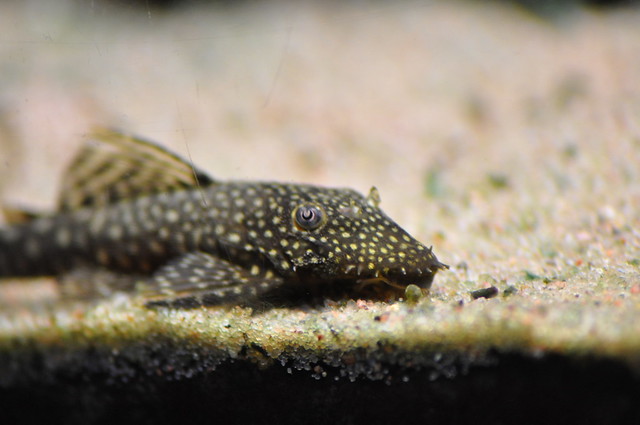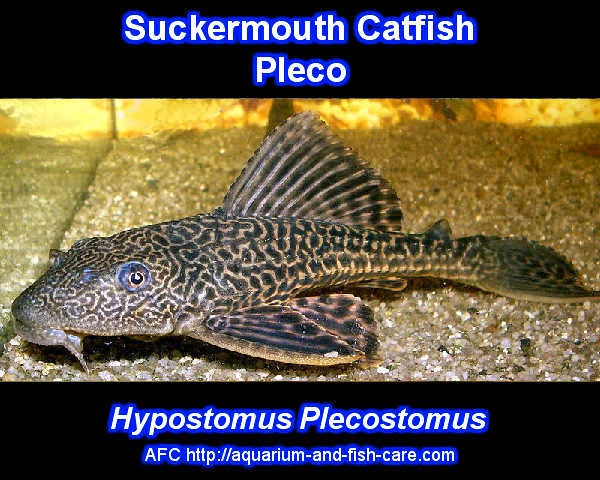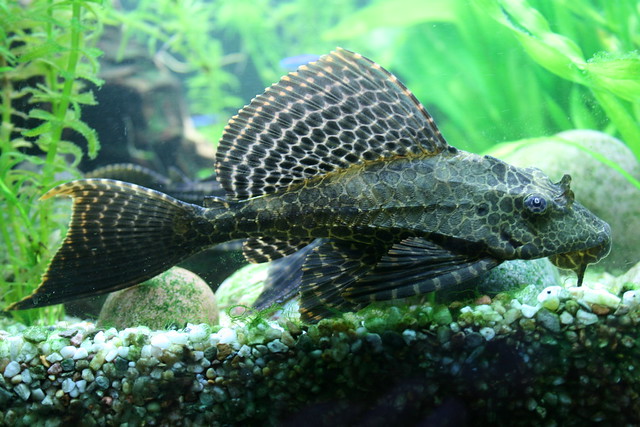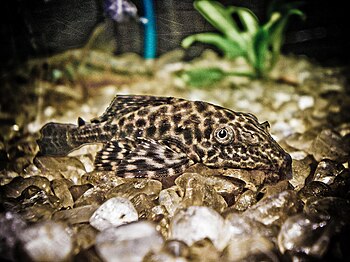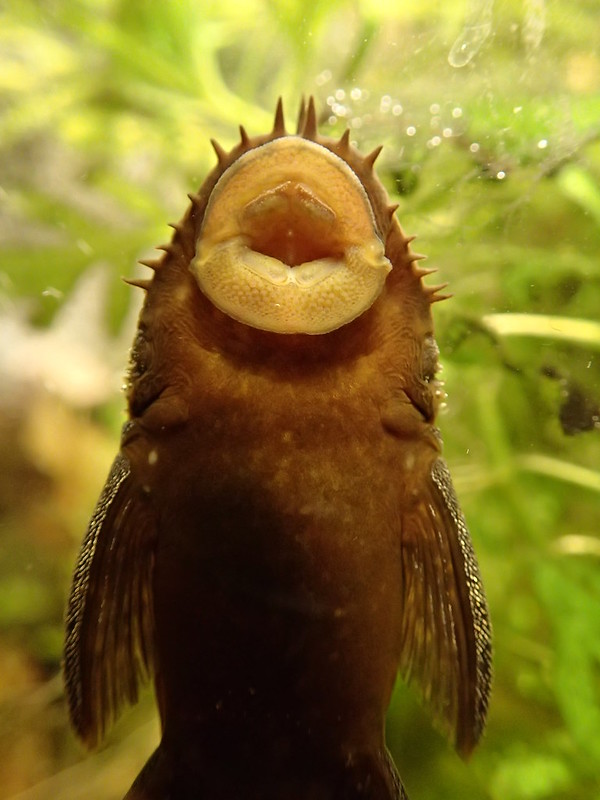The
Bristlenose Pleco
is one of the most popular aquarium fish around the world today but there is some confusion about certain aspects of its naming and exactly what is being referred to when certain names are used. Therefore if you feel you'd like to get to the bottom of how it all fits together and how best to look after these extraordinary fish them please read on.
Bristlenose Pleco is the common name given to the genus Ancistrus which is made up of over 140 species of catfish which come from rivers and streams in South America. Interestingly the name Bristlenose Pleco is not the only common name that they are known as. In Australia, they are predominantly known as Bristlenose Catfish but in other parts of the world including Canada, the USA, and the UK they are known as Bristlenose Plecos or simply Plecos or Plecs.
Therefore if you are new to the world of Bristlenose then be careful as the name Pleco can also be applied to many other genera of Catfish outside the genus Ancistrus, as well. So what you may find in some instances is, when Pleco is used, it may not necessarily be in reference to Bristlenose.
The next important point to understand is that the most common species within the genus is A. cirrhosis or simply the Common Bristlenose. The Common Bristlenose is normally identified by it's a brown color with lighter colored spots but it's also important to know that there is also an albino color variation as well. Both of these color variations also come in what is known as shortfin and longfin varieties, so all up there are 4 different variations of the Common Bristlenose.
A. cirrhosus was also once known as A. dolichopterus. As a consequence when you see the name A dolichopterus it may be incorrectly referring to A. cirrhosus or it could be referring to the real A. dolichopterus which is also known as the Starlight Bristlenose or simply L183. Therefore look for clarification when you do see this name.
This then leads into what is known as the L Number System. Many members of the Catfish family, Loricariidae of which Ancistrus species are a member are allocated what is called an L Number. This is applied to species that have not yet been scientifically classified as a means of identifying them. You may also find that some species have more than one L Number due to being named in different locations which can also lead to some confusion.
Therefore you will find that most Bristlenose Plecos are referred to by their species name or their common name or an L Number or even a combination of any of these.
So as you can see the naming of the Bristlenose Pleco can be a little confusing but luckily for the enthusiast their ease of care is much simpler. Simply ensure the water is heated to between 20 to 27 deg C, it is fairly well oxygenated, there is some sort of current and the pH is slightly acidic. These conditions replicate those of much other fish as well and as such the Bristlenose is well suited to be kept with many different types of freshwater fish.
This is of course just one of the reasons why they are so often called upon as the number one choice for an algae eater in so many community tanks. Therefore you would think that feeding would be pretty straightforward as well and in many respects it is.
Firstly, don't assume that they will survive on just foraging for algae. They do like some added vegetables as well. Blanched zucchini, carrots, and broccoli are all favorites. Also, add the occasional algae wafer and meat-based food and they will be extremely happy. The most important factor though is that plant-based foods should make up the majority of their diet as too much protein can lead to constipation and bloat, which can be fatal.
So now hopefully you'll understand what is being referred to when the many different terminologies are used to describe the Bristle-nose Pleco. They are fairly easy to care for as well but just make sure you get the essentials right and your Bristlenose Pleco will live a long, happy and healthy life.
The Bristlenose Pleco is just such a useful and likable freshwater aquarium fish. They are easy to look after and breed but just like the most thing it does pay to do some quality research if want to keep and breed the Bristlenose Pleco successfully. Find out more at my Bristlenose Pleco blog.
|


